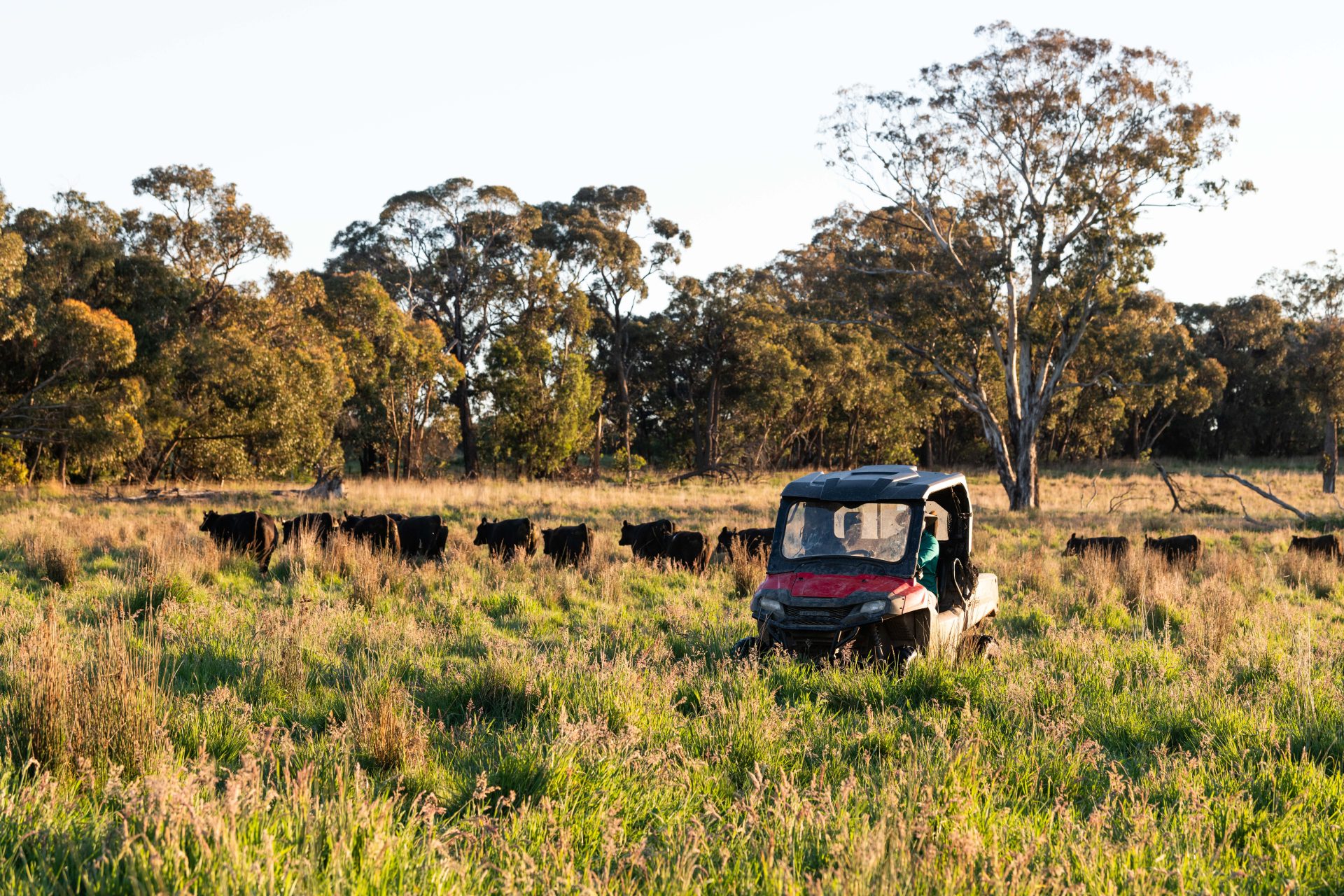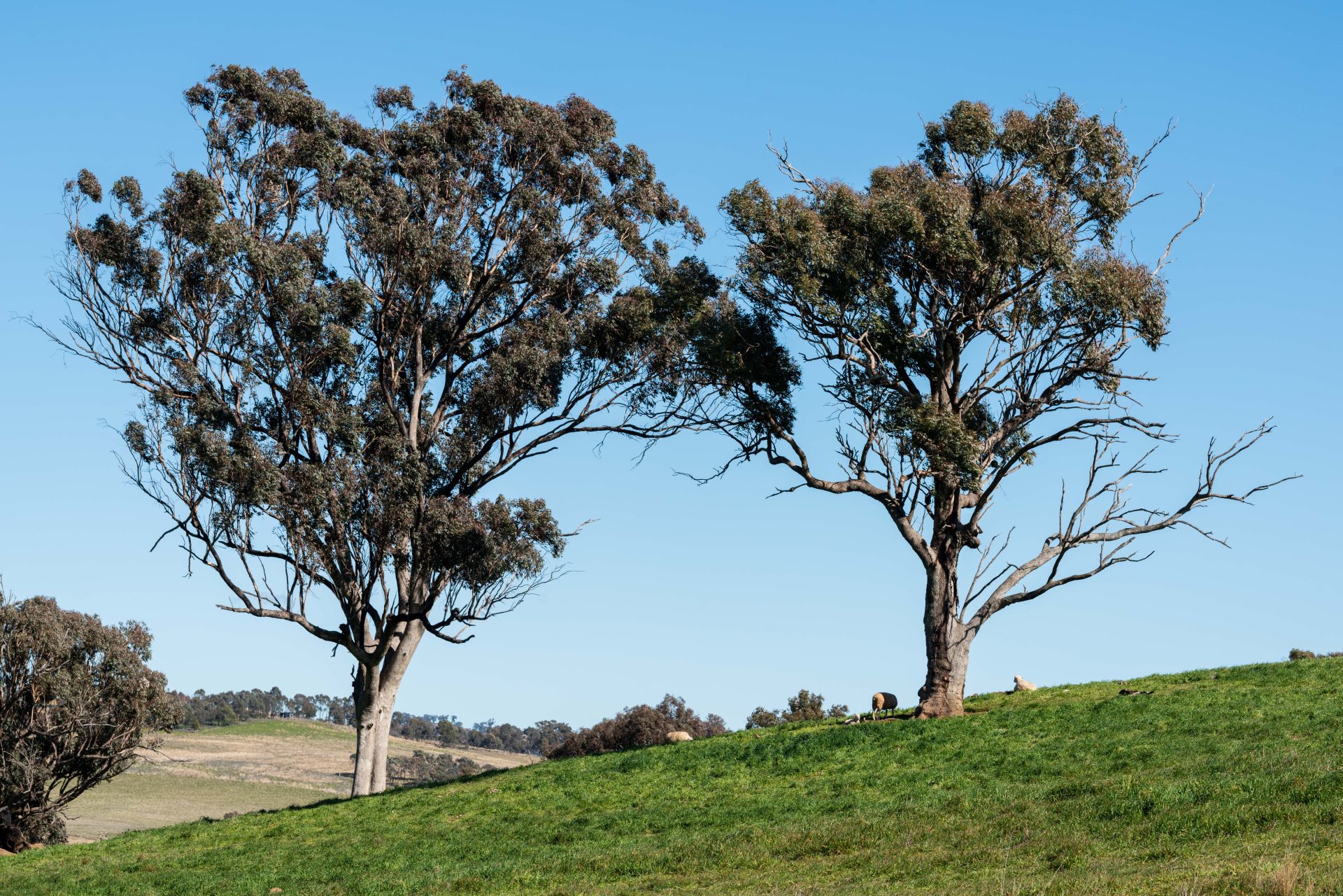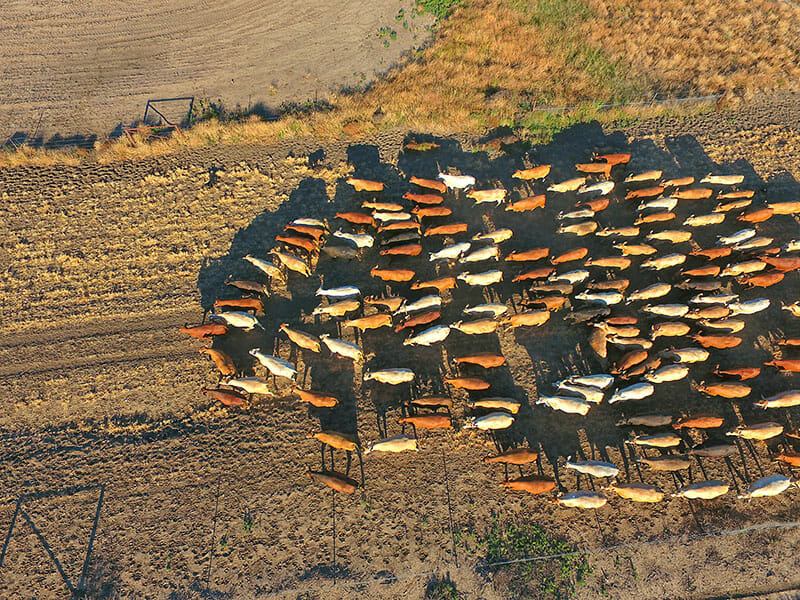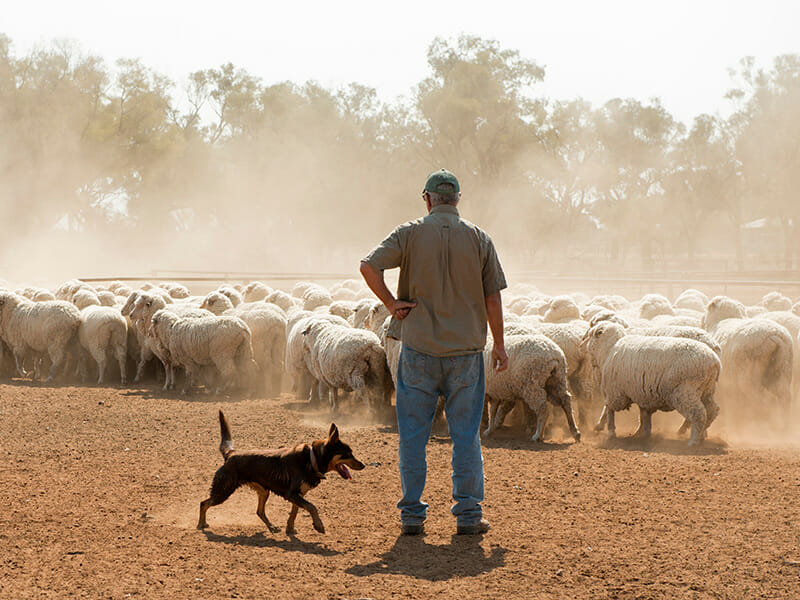Working on the family farm can be very rewarding. Irrespective if you were born into it, married into or work for a family farming operation, you can benefit from all your hard work going back to farm without the formality that comes with corporate employment. However, with the rewards come challenges when something doesn’t go right that causes tension with the family or even see you lose your job.
A lot of reward but there can be downside
Family farms have all the benefits of a job for life, with your hard work benefiting the family business. Many of our clients couldn’t see themselves doing anything other than farming, and it shows as they’ve spent their entire working life on the farm.
However, this security can have a downside as people become too comfortable and let things slip that they wouldn’t if they were in a more formal environment with greater accountability.
We also see young people starting on the farm given difficult jobs to prove themselves. If you’re part of the family, this may not be an issue as you understand the strategy, but others who come into it do not have this insight causing insecurity.
Despite this downside, there are ways to bring in the benefits of a corporate work environment without losing the reward of working alongside your family.
Procedures and structure
Many operations create procedures on how a job is done. They also write job descriptions that outline the role, requirements, and accountabilities to know exactly what expectations are put on them to succeed.
The benefit of this formality is that everyone working on the farm knows what they are responsible for, including making decisions. They also have a career path that includes remuneration, which should be at fair market value.
Finally, there should be scope to complete training and work with a mentor who can help develop the skills and attributes they want to succeed in their farming career.
More on accountability and decision making
A significant cause of tension in family farms is who, how and when a decision should be made. We’ve seen conflict when a family member’s decision-making is disagreed with by another, and tension builds from there.
From our experience, the best way to avoid this conflict is to give different people an appropriate level of decision making and exclude those who do not need to be involved. It’s about having the right people in the room. For example, an investment decision should be made by the owners involved.
An excellent way to manage decisions is to use a formal decision-making framework, so the lines of who makes what decision are clear and agreed upon. This approach also gives family members freedom to pursue their own goals and entrepreneurship.
This formality can also address the issues that come up when a younger family member at university or not working on the farm is given the same level of decision-making authority as an older sibling who works on the operation. This ultimately leads to tension as the older sibling resents the younger’s equal say. We often see this happen when mum and dad feel all family members should have an equal voice. Instead, we believe those directly involved in the business, working on the farm, should have a greater say than those who don’t. A decision framework will prevent this from happening.
Ultimately, achieving a rewarding career on the family farm for everyone needs some formal structures and procedures to make sure everyone understands their role within the business.
Get in touch with your local SproutAg representative if you have questions about setting up these structures.










